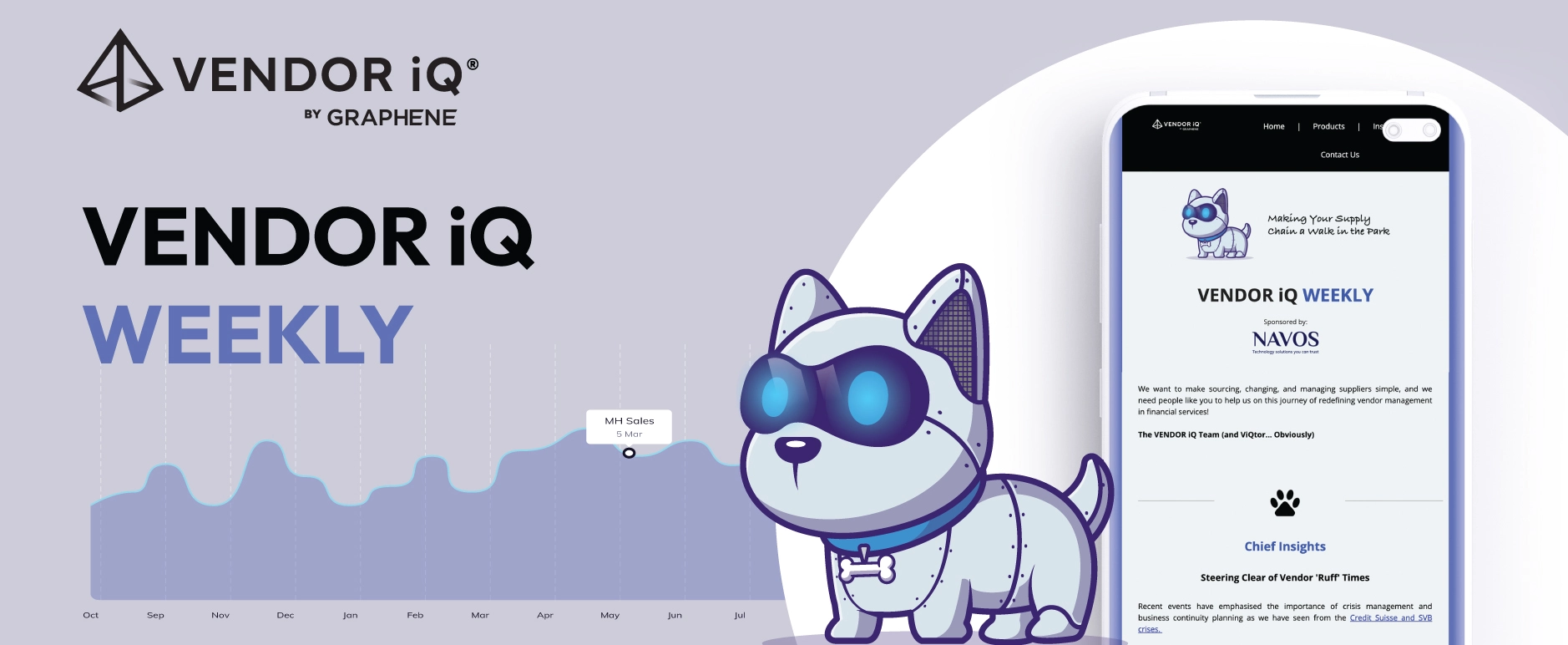Delve into the challenges faced by managers, from licensing costs to changing investor behaviour.
In the world of asset management, benchmarks have served as the trusted compass, guiding investment strategies and shaping performance evaluations. However, as their influence continues to rise, a closer examination reveals nuanced challenges that demand a reevaluation of their true value and effectiveness.
Benchmark Costs and Brand Recognition
While benchmarks like FTSE or MSCI carry an undeniable aura of prestige and familiarity, the hefty licensing fees associated with these top brands present a conundrum for asset managers. Striking the right balance between brand recognition and cost efficiency becomes a strategic challenge. Some managers opt for similar benchmarks with lower marketing fees, underlining the complexity of decision-making in this realm.
The Impact on Performance and Costs
For managers steering low-cost funds, the weight of licensing costs can significantly erode performance metrics. In response, some funds turn to sector averages or ETFs as cost-saving benchmarks. This raises a fundamental query: Are benchmarks, intended as guiding lights, inadvertently evolving into financial burdens for asset managers?
Changing Behaviour and Limitations
The evolution of benchmarks from reference points to comparative tools has led to a shift in investor behaviour. Fund managers, in comparing themselves to market indices, may alter strategies based on index compositions. This shift raises valid concerns about the suitability of benchmarks as potentially blunt instruments for evaluating nuanced performance dynamics.
The Need for Context and Adaptability
While benchmarks offer a valuable reference, using them as performance yardsticks can oversimplify the evaluation process. Consideration of investment styles has given rise to style-adjusted benchmarks for more nuanced assessments. However, the term “benchmark-agnostic” may be somewhat misleading, as the pursuit of benchmark independence can inadvertently lead to high active share.
Relevance and Beatability
Ensuring benchmarks remain relevant to a manager’s investment universe is paramount, with a fundamental expectation that benchmarks should be beatable over time. The example of the NASDAQ 100 index, with its concentration in a few top stocks, highlights the challenges of replicating such benchmarks and staying competitive.
Multi-Asset Challenges
For managers overseeing multi-asset funds, identifying meaningful benchmarks that accurately reflect their management approach poses a unique challenge. Resorting to cash rates or CPI with an added target for benchmarking is a common practice, yet it faces challenges as inflation rates fluctuate.
In conclusion, as the asset management industry grapples with the cost and utility of benchmarks, the imperative for relevant, adaptable, and cost-effective benchmarks becomes increasingly evident. Asset managers must deftly navigate these challenges to ensure benchmarks not only guide but genuinely add value to their investment strategies in an ever-evolving financial landscape.
Additionally, considering the value and importance of benchmarks for suppliers could further enhance the robustness of the asset management ecosystem. By applying benchmark principles to supplier evaluation, the industry may foster transparency, efficiency, and ultimately, better partnerships. This dual focus on both internal and external benchmarking practices can contribute to a more comprehensive and resilient financial services landscape.





